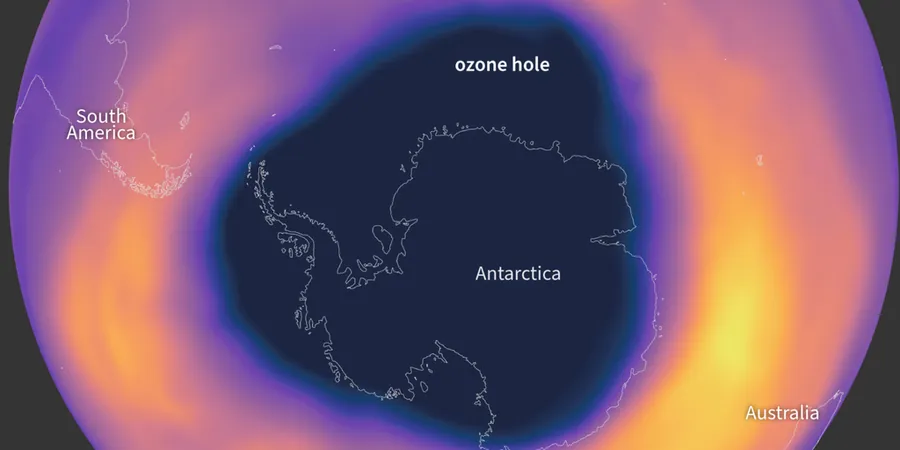
Hope for the Ozone Layer: South Pole Could See Recovery by 2066, Claims NOAA
2024-11-02
Author: Amelia
Exciting news emerges for our planet, as scientists reveal promising trends for the ozone layer over Antarctica. The National Oceanic and Atmospheric Administration (NOAA) has reported that while there is still a long road ahead, the critical stratospheric layer is on a potential path to full recovery by the year 2066.
In NOAA's latest annual ozone summary, researchers documented that the depletion observed from September 7 to October 13 ranks as the seventh smallest since monitoring commenced in 1992. Although the hole in the ozone layer remains vast—approximately three times the size of the contiguous United States—this continuous decline in size offers a glimmer of hope.
Paul Newman, a member of NASA's ozone research team, pointed out, "The 2024 Antarctic hole is smaller than those seen in the early 2000s." This improvement is a testament to the success of global efforts to reduce ozone-depleting substances, primarily chlorofluorocarbons (CFCs), which were widely used in refrigeration and aerosol products.
Since the late 1980s, countries worldwide have committed to phase out these harmful chemicals, leading to a remarkable estimated reduction of over 90% from their peak levels. However, Stephen Montzka, a scientist at NOAA's Global Monitoring Laboratory, cautions that while the severity of the ozone hole for 2024 is slightly below the average compared to past decades, "the ozone layer is still far from being fully healed."
The measurement of ozone levels employs sophisticated technologies, including satellites and weather balloons, which provide data in Dobson Units. The lowest recorded value of ozone over the South Pole was a concerning 92 Dobson Units in October 2006, while recent observations for 2024 showed a value of 109 Dobson Units, about half of what was measured during the 1970s.
To put this in perspective, Bryan Johnson, a NOAA research chemist, stated, "This is well below the 225 Dobson Units that was typical of the ozone cover above the Antarctic in 1979." This emphasizes that substantial work remains before atmospheric ozone levels return to pre-CFC pollution levels.
As researchers closely monitor the ongoing evolution of the ozone layer, optimism is growing. With dedicated efforts and continued positive trends, NOAA and NASA scientists are hopeful that the ozone layer over Antarctica could fully recover by 2066, marking a significant triumph for environmental conservation.
Stay tuned as we track this developing story—could this be the turning point for one of Earth’s most vital protective layers?

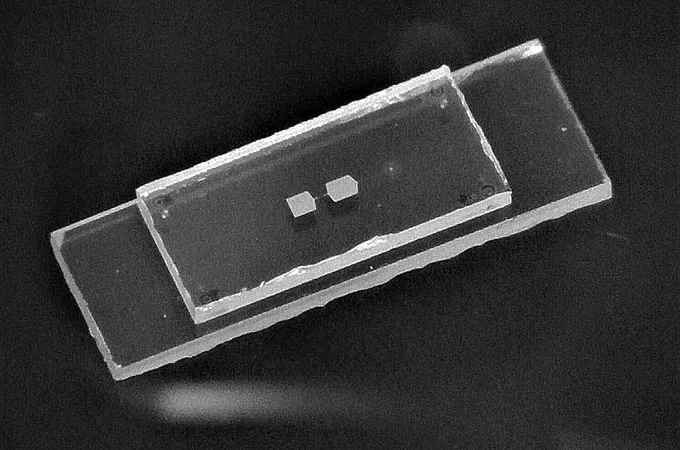



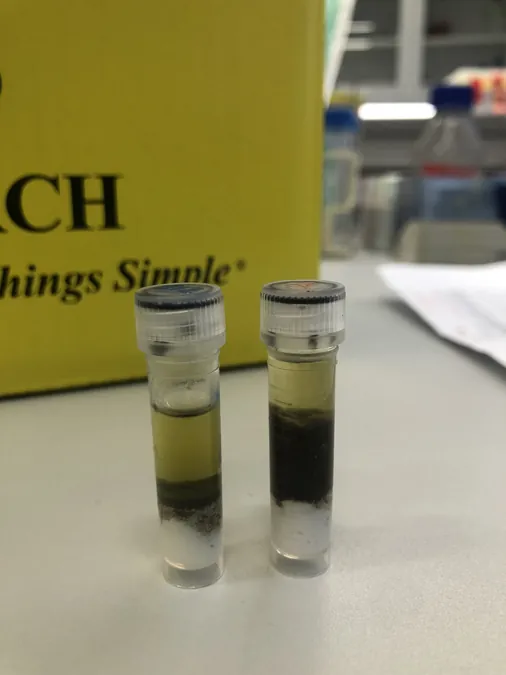
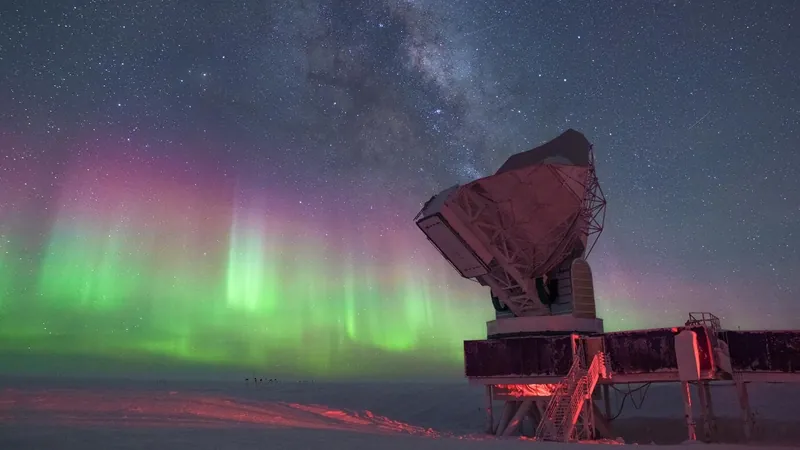

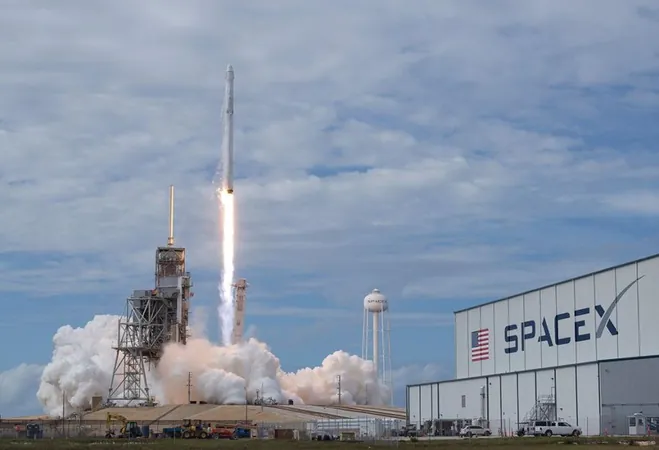
 Brasil (PT)
Brasil (PT)
 Canada (EN)
Canada (EN)
 Chile (ES)
Chile (ES)
 España (ES)
España (ES)
 France (FR)
France (FR)
 Hong Kong (EN)
Hong Kong (EN)
 Italia (IT)
Italia (IT)
 日本 (JA)
日本 (JA)
 Magyarország (HU)
Magyarország (HU)
 Norge (NO)
Norge (NO)
 Polska (PL)
Polska (PL)
 Schweiz (DE)
Schweiz (DE)
 Singapore (EN)
Singapore (EN)
 Sverige (SV)
Sverige (SV)
 Suomi (FI)
Suomi (FI)
 Türkiye (TR)
Türkiye (TR)